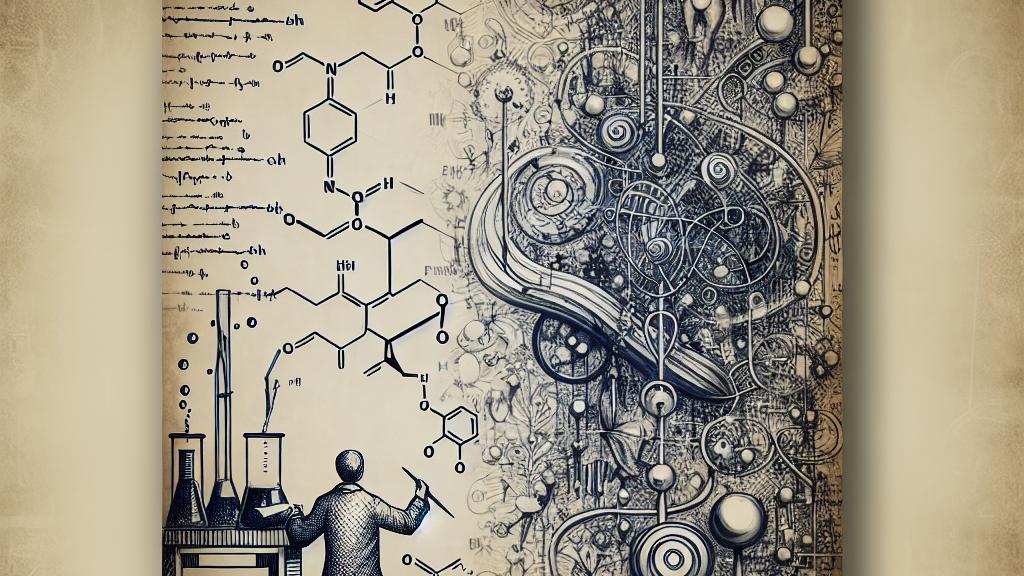Understanding Corrections in Scientific Articles
Overview
- Corrections are essential for upholding the trustworthiness and accuracy of scientific publications.
- They fix errors that can obscure interpretation but do not compromise the integrity of the findings.
- Recent cases illustrate how precise representations profoundly influence understanding in scientific literature.

The Essential Nature of Corrections
In the fast-paced world of scientific research, corrections serve not merely as an administrative obligation but as a vital aspect of ensuring the publication's credibility. Consider the author correction recently published in 'Nature'; it focused on significant inaccuracies in a study about HRG-9 homologues. This pivotal research shed light on the functions of HRG-9 as a critical haem chaperone, guiding cellular haem trafficking. Yet, the original publication included erroneous figures and misleading data representations. These inaccuracies could have easily skewed readers' interpretations, potentially leading to misguided conclusions. Fortunately, while the core findings remained intact, the call for corrective action was clear—accuracy in visual data is paramount. Such corrections exemplify the importance of relying on literature that faithfully mirrors the complex realities of biochemical pathways, emphasizing that even esteemed journals cannot escape the occasional mistake.
Insights from the HRG-9 Study on Haem Trafficking
Diving deeper into the HRG-9 case, it's fascinating to see how corrected figures were crucial in accurately conveying the multifaceted role of haem management within eukaryotic cells. Misunderstandings arising from these earlier inaccuracies could lead to substantial setbacks in associated biochemical studies. Looking back, we encounter earlier works that investigated cytochrome c maturation, where researchers faced similar hurdles in grasping complex haem transport mechanisms. The challenges they encountered mirror those in the HRG-9 study, highlighting a recurring theme in science: the struggle for clarity amidst complexity. This striking similarity not only emphasizes the necessity of thorough peer review prior to publication but also underlines the critical role that corrections play in fortifying scientific knowledge. By providing accurate, reliable data, these corrections open doors for new discoveries and deeper understanding in fields like cell biology and biochemistry.

Loading...